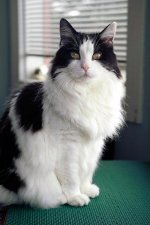chris00nj
Young Luddite
On many threads, people speak highly of the Sonnar lens design. Other people's love of this lens design has sparked my interest in getting one. However, I can't figure out why people like the lens design so much?
What about the design makes the results more special than other lens designs?
Is there an area of photography where it greatly excels? B&W?
Portraits?
What about the design makes the results more special than other lens designs?
Is there an area of photography where it greatly excels? B&W?
Portraits?







